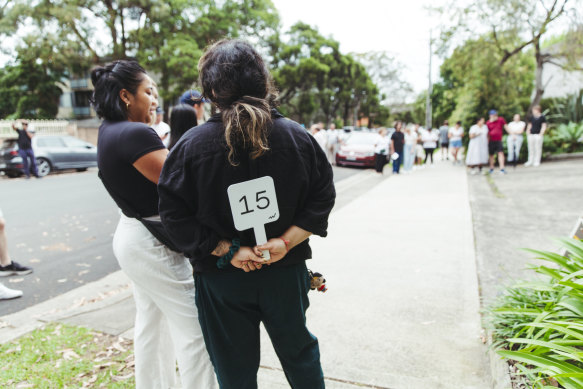
Loading
“This suggests women may be empowered to buy property later in life as they’re in the fulltime workforce – it also probably reflects a lot of people coupling up later in life and buying property through a partnership,” Owen said.
Though the delay in women getting onto the property ladder only marginally affected equity in properties, it was important to also look at income levels and other assets to get a real picture of women’s financial wellbeing, Owen said.
Women reported lower incomes and superannuation balances, had less money invested in shares and other assets and were more likely to be in part-time or casual work.
Among the Gen Z women who had yet to purchase, about 60 per cent said it was because they did not have enough saved for a deposit and other up-front costs, compared with about 25 per cent of men – who cited not being ready as their most common reason.
PRD Real Estate chief economist Dr Diaswati Mardiasmo said it was important to look at the data in relation to the gender pay-gap – at 21.7 per cent according to the government’s Workplace Gender Equality Agency.

Rates of homeownership are fairly even among men and women over 30, but women are more likely to co-own a property.Credit: Dion Georgopoulos
“It tells us that females have higher debt, lower value properties, lower income and lower super,” Mardiasmo said, leaving women with less money for living expenses.
She said there was little information available about property ownership by gender over time – something glaringly missing from Census data given the importance Australians place on property ownership.
“It’s ingrained in us that if we do want to grow our wealth, it’s through homeownership,” she said.
One in two women said homeownership was extremely important to them, compared to just over a third of men.
Melbourne Buyers’ advocate Cate Bakos said the majority of young adults coming to her for help were women.
“Most are also helped by their parents – whether their parents are paying my fee or contributing to a deposit – parents are obviously realising females are getting a raw deal,” Bakos said.
She had seen more women taking advantage of government shared equity schemes too, allowing them to get into the property market without a romantic partner or with a friend or family member.
Loading
Owen said it was promising that 50 per cent of female homeowners reported owning at least one dwelling on their own, but noted they were still more likely to co-own with someone else – a male partner in the majority of cases.
“There is a vulnerability here at relationship breakdown, which is important to consider,” Owen said. “Older women who fall out of homeownership might have spent more time out of the workforce, have less superannuation, have less savings,” she said.
“It’s very much a romantic partnership that is the foundation of co-ownership in this country, and it may raise some questions around how we make other pathways to ownership and co-ownership easier.”









 Add Category
Add Category